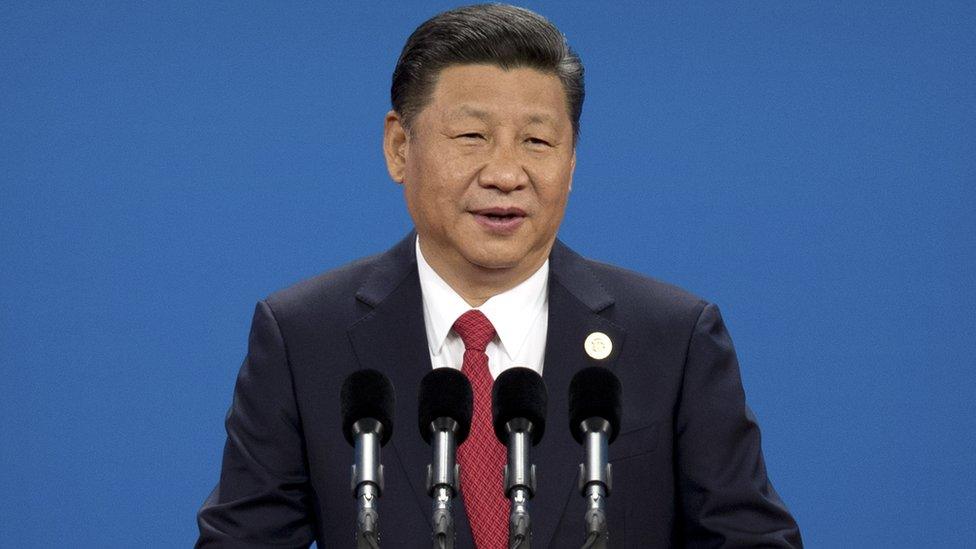Greater Bay Area: China's ambitious but vague economic plan
- Published
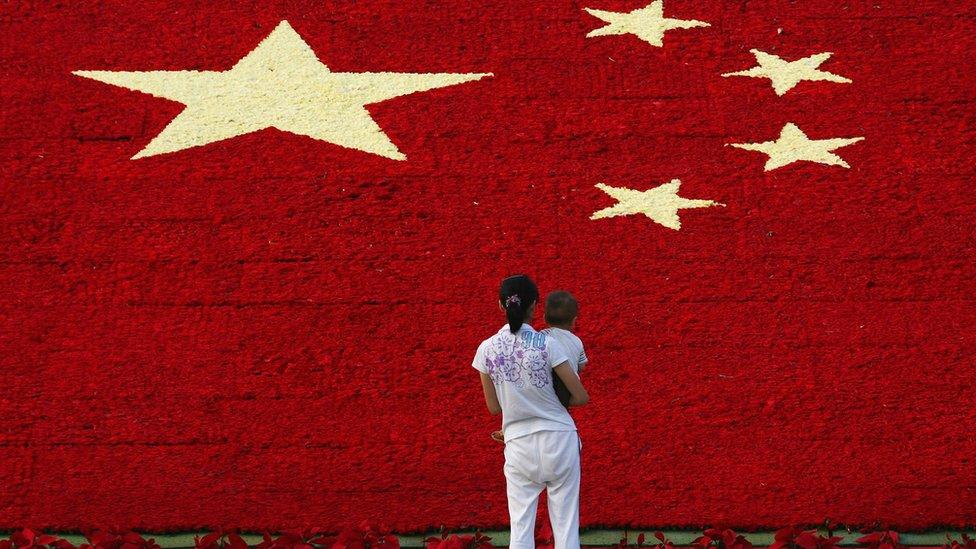
China's Greater Bay Area plan aims to boost growth in the world's second largest economy
China's ambitious plan to develop the so-called Greater Bay Area is designed to spur the economy, but analysts question whether its lofty goals can be achieved, as the BBC's Ana Nicolaci da Costa explains.
The Greater Bay Area plan, unveiled this week, would link Hong Kong, Macau and nine other cities in southern China.
The project aims to foster growth in the world's second largest economy by developing technology and innovation, boosting infrastructure and increasing financial links between the cities.
Some say China is trying to create an innovation cluster to rival the likes of Silicon Valley.
The Greater Bay Area region is already very important to China.

It is home to about 70 million people, produces 37% of the country's exports and 12% of its gross domestic product, according to HSBC.
China hopes closer integration of the region's cities can boost that output further.
What is the plan?
The plan aims to develop technology, deepen links between financial systems and infrastructure, while securing quality of life.
Some of the infrastructure projects are already under way.
Chinese President Xi Jinping last year officially opened a bridge connecting Hong Kong to Macau and the mainland Chinese city of Zhuhai - the world's longest sea crossing bridge - as part of China's plan to connect Greater Bay Area.

Stretching more than 55km (34 miles), the Hong Kong-Zhuhai-Macau Bridge is an unparalleled engineering feat
The blueprint lays out strategic visions for the major cities in the region to become hubs in different sectors, reports say.
Hong Kong would strengthen its status as a finance and trade hub, Shenzhen - home to Chinese telecoms giant Huawei - would consolidate as a tech hub, while Macau would focus on tourism and trade with the Portuguese-speaking world.
"If you think about the cities that are included in the Greater Bay Area... they are complementary to each other," says Albert Hu, associate professor at the National University of Singapore.
Prof Hu says it "makes a lot of sense to try to improve connectivity between these cities".
"If all these things could be implemented, I think the area would be more productive than the sum of the individual cities."
The plan also highlights the central government's goal of improving innovation capacity in the region, developing modern services and promoting offshore business, says Yue Su, China economist at the Economist Intelligence Unit.
But Ms Su says the "vagueness" of the 11-chapter document "suggests that officials will struggle to realise the initiative's goals".
What are the potential challenges?
The whole region stands to benefit from a more integrated market with easier movement of people and resources, analysts say.
For Hong Kong, greater integration could boost its role as a global trade and financial centre.
It could even ease demand on its red-hot housing market, if it encourages and makes it easier for Hong Kong citizens to move to the mainland.
But closer economic integration could be challenging for a region with different customs, legal systems and public services, they say.
"An enormous amount of red tape related to transport, customs, immigration will need to be cut to make it actually easy to move people, goods and money between these areas," says Martin Chorzempa, research fellow at the Peterson Institute for International Economics in Washington.
The plan has also sparked some concern about the "one country, two systems" framework which gives Hong Kong a high degree of freedom in political, economic and legal matters.
"Hong Kong's prosperity is founded on global recognition of its autonomy from China," Ms Su says.
"A potential growing influence of the central Chinese government over the territory is likely to bring concerns to Hong Kong's major trade partners."
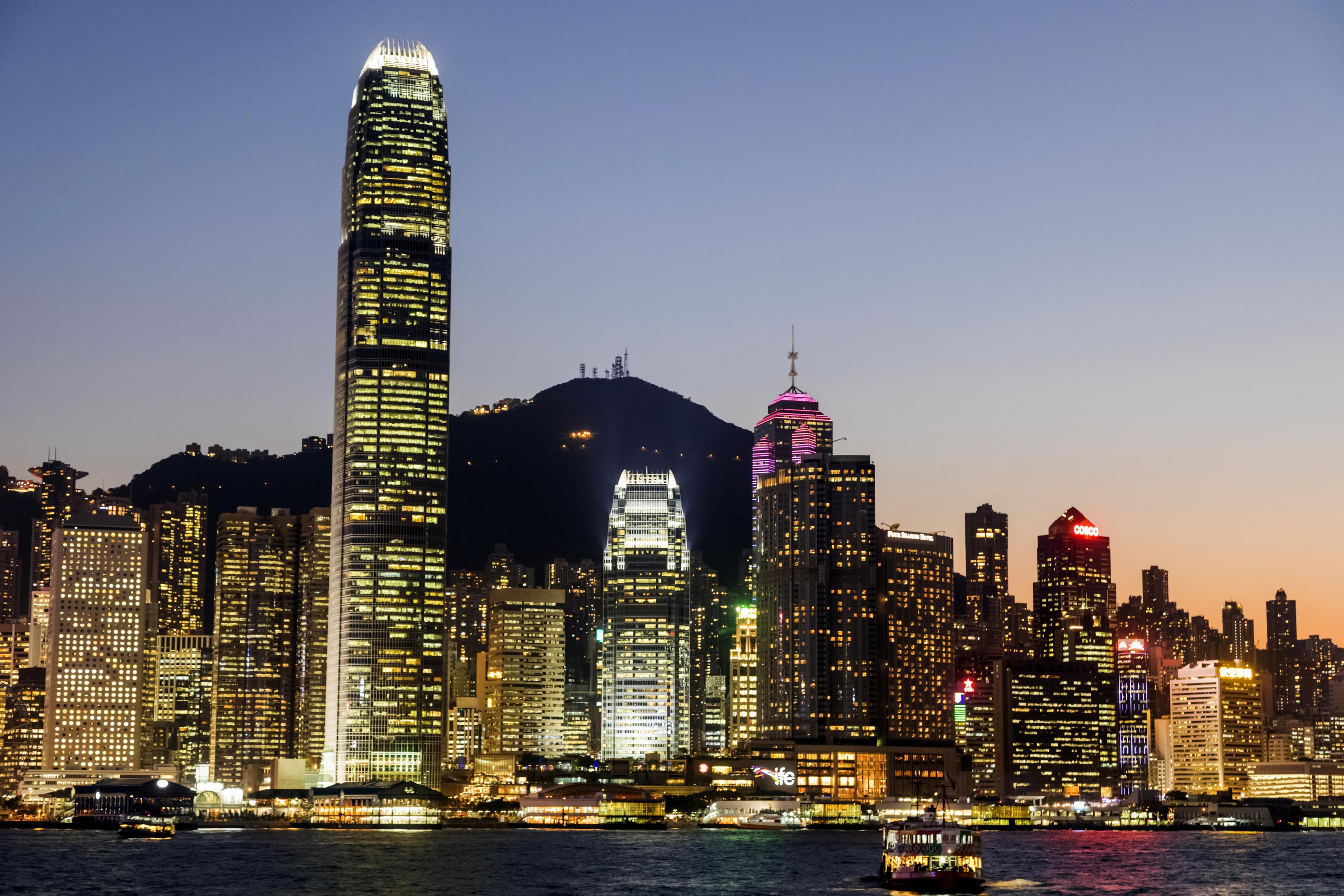
Hong Kong has a separate legal system from mainland China, under the "one country, two systems" framework
Can it really rival Silicon Valley?
The apparent focus on technology and innovation has drawn comparisons between the Greater Bay Area and California's Silicon Valley.
But analysts say the region has a long way to go to compete with the US tech hub, if that is indeed its aim.
"China tech firms are only worth about a third as much as America's. They also generate relatively little revenue abroad," Ms Su says.
Others say the comparison is ill-conceived, or amounts to comparing apples and oranges.
"It's not comparable," says Adam Xu, partner at global strategy consulting firm OC&C in Shanghai.
"The biggest difference is this development is very planned or guided, while the other is very market-driven," Mr Xu says.
"The aim of the plan is to grow the regional economy rather than competing with Silicon Valley per se."
- Published29 June 2018
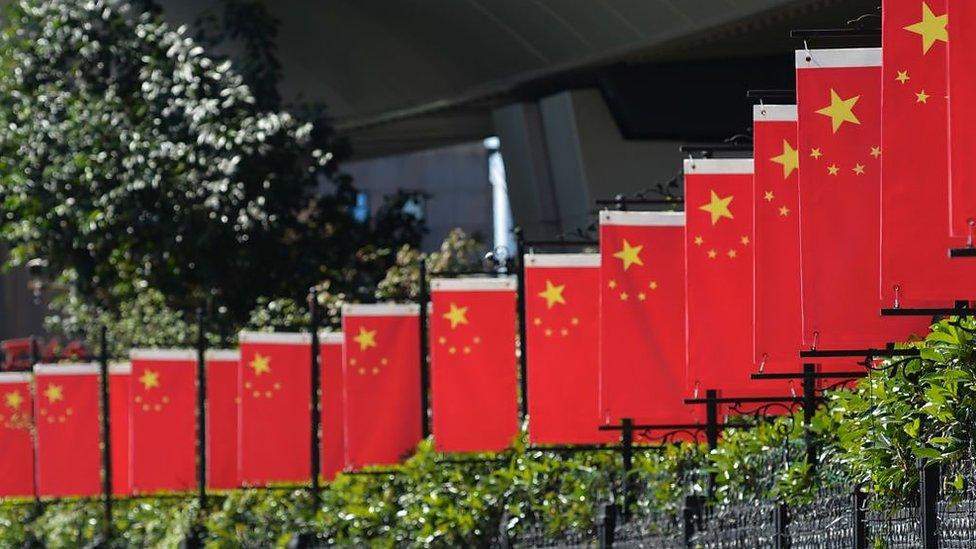
- Published23 October 2018
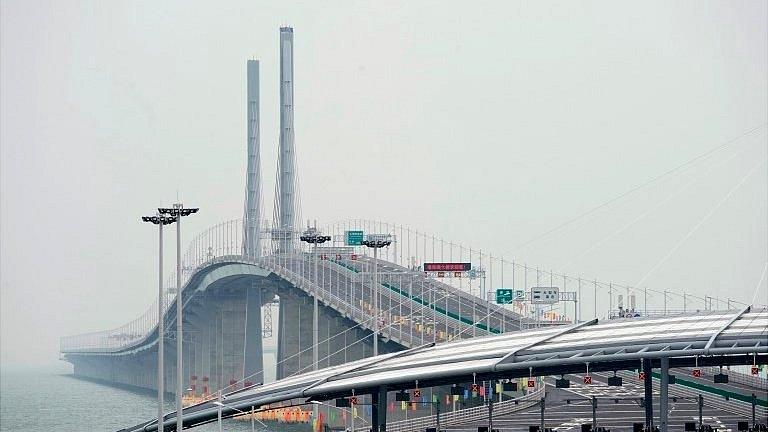
- Published26 October 2018
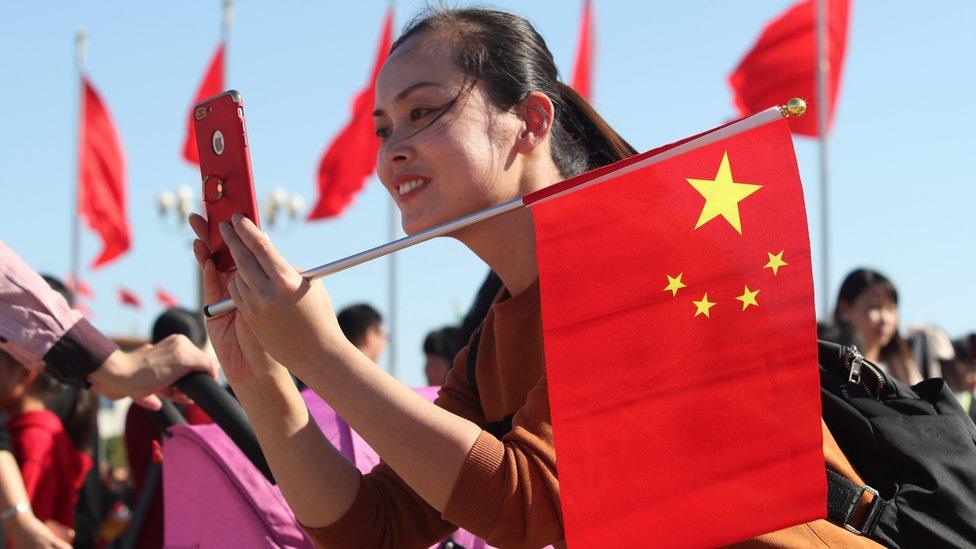
- Published7 March 2019

- Published16 January 2020
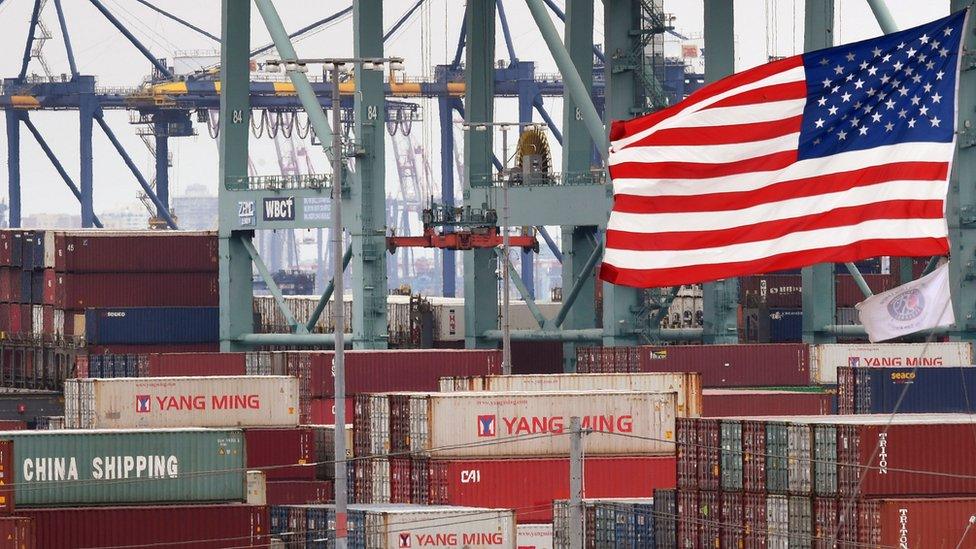
- Published14 May 2017
